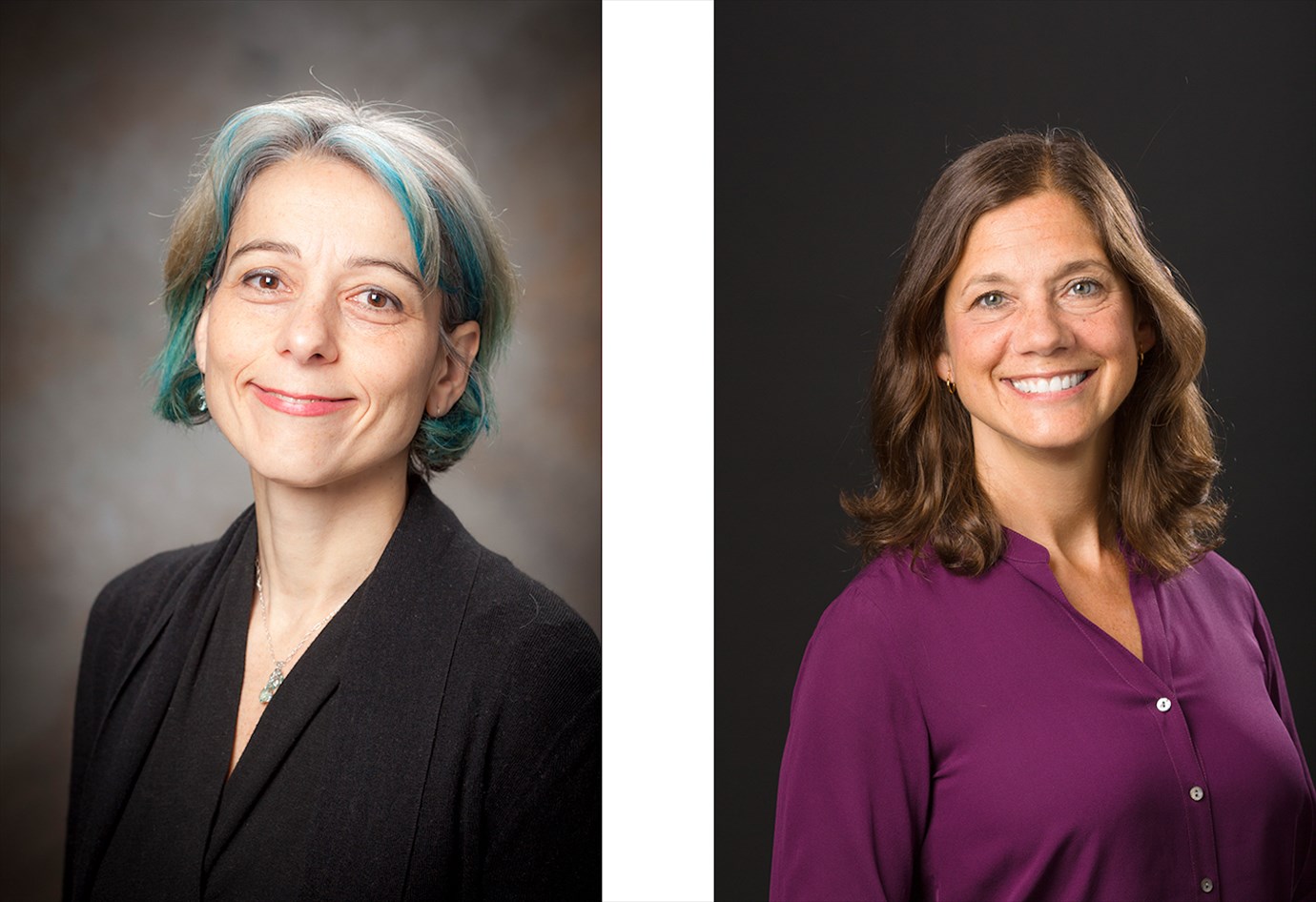
Yale News
School of Medicine professors Valentina Greco and Marina Picciotto each received a $3.5 million grant with the National Institutes of Health Director’s Pioneer Award for their innovative approaches researching skin tissue mutations and drug addiction.
Picciotto’s recent research suggests that symptoms of drug overdose are related to the environment in which individuals use drugs. Picciotto and her team found that if taken in an unfamiliar environment, opiate overdoses are more likely.
Greco — who specializes in genetics, cell biology and dermatology — has produced data showing that our normal skin tissue is capable of self-correcting deformation caused by mutations. The $3.5 million grant will be allotted to the researchers over a five-year period.
“It’s a lot of trust,” said Picciotto, who is a psychiatry professor. “And we feel ourselves propelled to do the work.”
Given the prevalence of adolescent overdoses, Picciotto’s finding could potentially change the way people treat drug addiction.
“Wouldn’t it be cool if we can harness the mind-body feedback loop and prepare the body before forthcoming overdoses?” she said. “It’s the idea that excites me.”
With the grant, Picciotto will adopt brain-imaging techniques to monitor brain activity and uncover more information related to how the brain responds to addictions.
Richard Crouse GRD ’21, who is a doctoral student in Picciotto’s lab, said he hopes to contribute to the new NIH-funded project by understanding which brain regions are responsible for generating the physiological response.
Greco’s study on skin tissues is trying to determine if naturally occurring skin mutations keep spontaneous ones at bay. She described the theory as a “mesmerizing discovery,” as people have long equated mutation with cancer instead of a normal physiological process.
According to her, although it is radical to say that mutations are beneficial, they may play a useful role in normal body function. Understanding mutations is also crucial for developing effective cancer treatments, Greco said. While traditional therapies tend to control the growth of mutated cells by partially impeding the proliferation of normal ones, the finding by Greco’s lab suggests that there may be merit in focusing on how the normal tissue does its work.
Greco said her lab seeks to gain a collective understanding of mutations by tracking the movement of at least three different types of mutated cells simultaneously, which is unprecedented in the field.
“We are already pushing the boundaries … hopefully we can offer new perspectives in approaching the problem from this particular angle,” May said.
Members of both Greco and Picciotto’s lab attributed their findings to collaborations within their respective labs and among the scientific community.
“It is often tempting to claim that one is the pioneer, but, in reality, my ideas are not from vacuum,” Greco said. “They are from my group and the published literature in this area.”
The NIH was established in 1887.
David Guo | ziyang.guo@yale.edu
Correction (10/11): A previous version of this article misstated aspects of Picciotto and Greco’s research proposals. The current version has been updated to accurately reflect their upcoming work.







